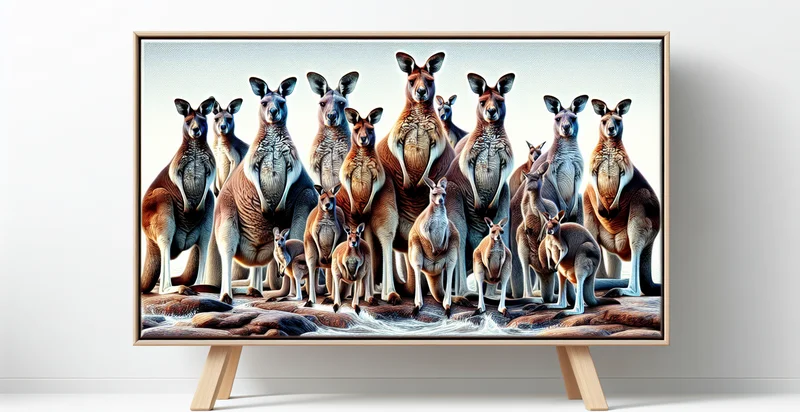Identify leopard species
using AI
Below is a free classifier to identify leopard species. Just upload your image, and our AI will predict which species of leopard it is - in just seconds.

Contact us for API access
Or, use Nyckel to build highly-accurate custom classifiers in just minutes. No PhD required.
Get started
import nyckel
credentials = nyckel.Credentials("YOUR_CLIENT_ID", "YOUR_CLIENT_SECRET")
nyckel.invoke("leopard-species-identifier", "your_image_url", credentials)
fetch('https://www.nyckel.com/v1/functions/leopard-species-identifier/invoke', {
method: 'POST',
headers: {
'Authorization': 'Bearer ' + 'YOUR_BEARER_TOKEN',
'Content-Type': 'application/json',
},
body: JSON.stringify(
{"data": "your_image_url"}
)
})
.then(response => response.json())
.then(data => console.log(data));
curl -X POST \
-H "Content-Type: application/json" \
-H "Authorization: Bearer YOUR_BEARER_TOKEN" \
-d '{"data": "your_image_url"}' \
https://www.nyckel.com/v1/functions/leopard-species-identifier/invoke
How this classifier works
To start, upload your image. Our AI tool will then predict which species of leopard it is.
This pretrained image model uses a Nyckel-created dataset and has 12 labels, including African Leopard and Amur Leopard.
We'll also show a confidence score (the higher the number, the more confident the AI model is around which species of leopard it is).
Whether you're just curious or building leopard species detection into your application, we hope our classifier proves helpful.
Related Classifiers
Need to identify leopard species at scale?
Get API or Zapier access to this classifier for free. It's perfect for:
- Environmental Conservation: Conservation organizations can use the 'leopard species' identifier to accurately identify various species of leopards from field images, aiding in their efforts to monitor and protect these big cats.
- Wildlife Media Production: Wildlife documentarians and photographers can use this technology to confirm the exact species while capturing images of leopards in their natural habitat, ensuring accuracy in their narrative and storytelling.
- Zoological Management: Zoos and wildlife parks can utilize this function to identify the leopard species in their care, helping in optimizing healthcare and living conditions for each species and reinforcing their breeding programs.
- Anti-Poaching Measures: Wildlife authorities and anti-poaching organizations can use the 'leopard species' identifier to identify poached leopard skins in illegal wildlife markets, facilitating law enforcement efforts to conserve these endangered animals.
- Animal Research: Academic researchers studying large cats can apply this function to correctly label and differentiate between different leopard species in studies and surveys taken in the field, bolstering the accuracy of biodiversity research.
- Ecotourism Management: In an ecotourism environment, guides can use this function to provide guests with accurate information about the leopards they encounter, thereby enhancing the visitor experience.
- Wildlife Rescue Operations: Rescue centers and wildlife animal hospitals can use the 'leopard species' identifier for precise identification on intake, ensuring that they can give appropriate care and rehabilitation efforts tailored to the specific needs of the leopard species.


